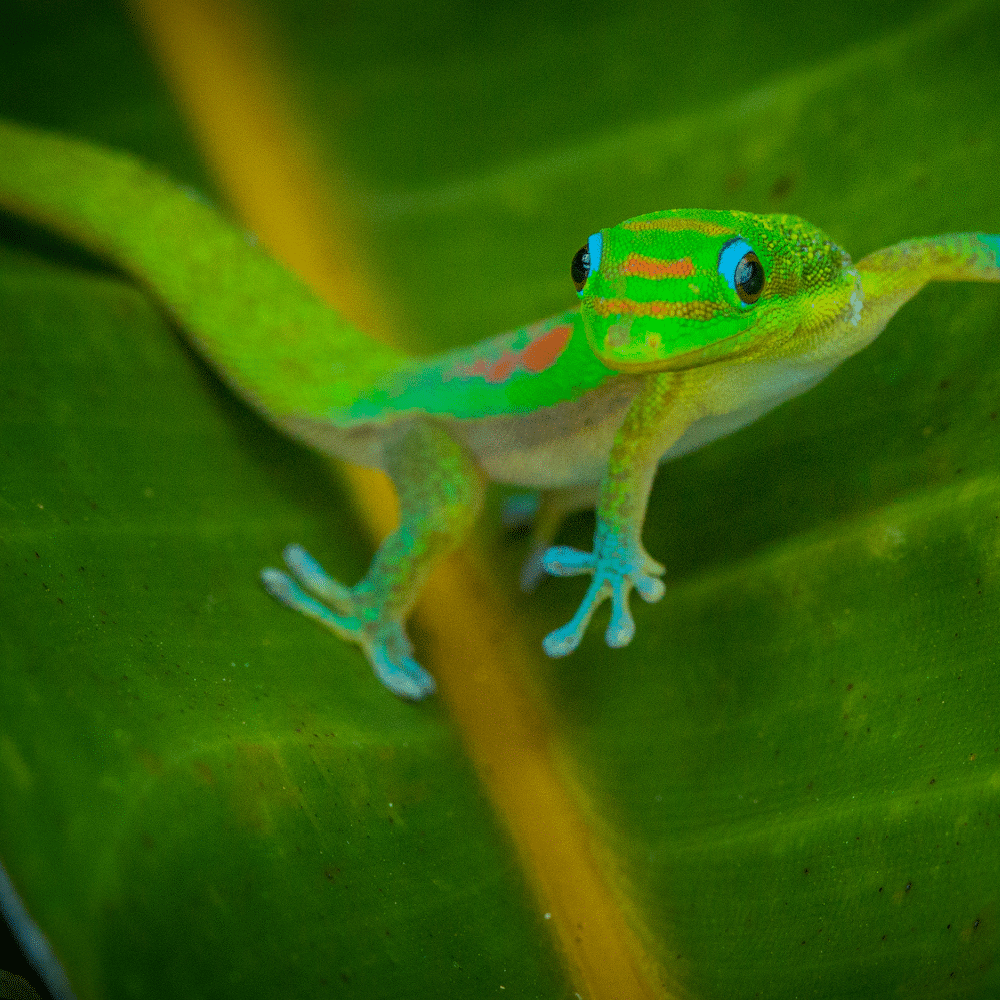Just when you thought the Gecko was just a great auto insurance marketing spokesperson, the little green guy maybe saving you more than money on your insurance. Massive innovations in the generation and use of stem cells have been discovered around the world, particularly since some bans on stem cells and regenerative medicine have been modified. University of Guelph (U of G) researchers are the first to isolate the kind of stem cell that is responsible for the Gecko lizard’s ability to re-grow its tail after separation from its body. The amazing implication here is that further research will likely lead to incredible innovation for science and medicine for repair of human spinal cord suggests a study lead by Prof. Matthew Vickaryous and published in the Journal of Comparative Neurology.
Some species of lizards have the ability to actually detach their own tail in an emergency predatory situation and then regrow it. Unlike humans, lizard tails possess a form of spinal cord; which is what interests stem cell scientists, particularly Prof. Vickaryous of the U of G and lead author of the paper. His research lead to the fact that the spinal cord in Geckos tails contain a inordinate number of stem cells and their supportive proteins in sufficient quantity for tail regeneration in as little as thirty days. The Professor acknowledges he knew the tail could regenerate but was unsure of the right cells and mechanism involved. Humans on the other hand have extremely limited ability to repair their much more complicated spinal cords
In regard to the Gecko’s tail, which regenerated faster than any other, research notes that once separated or severed, their tail may continue to move in order to distract a predator long enough for the lizard to exit. Vickaryous and PhD student Emily Gilbert simulated the experience by pinching a tail long enough to detach and observe the new tissue and tail regeneration at the cellular level.
They found that under normal day-to-day activity, the specialized “radial glia” stem cells within the tail were fairly inactive. However, when the tail drops off the regenerative mechanism goes into high gear to regrow the tail. When done, they become inactive again.
This is completely opposite of when the human spine is damaged, it does not make new tissue but rather quickly scars over the injury; thereby preventing regeneration. Humans lack the key regenerative cells and supportive proteins to make the same repair as the lizard.
Vickaryous believes that the Gecko may also be able to regenerate brain cells and those in the central nervous system. As further investigation continues, his hope is that this information will help develop better systems and stem cells for use in humans.
“Regenerative Medicine and Regeneration are topic the American Academy of Anti-Aging, Preventative, and Regenerative Medicine are very interested in. In the near future we will be able to regenerate and regrow limbs,” said Dr. Ronald Klatz, President of the A4M.




